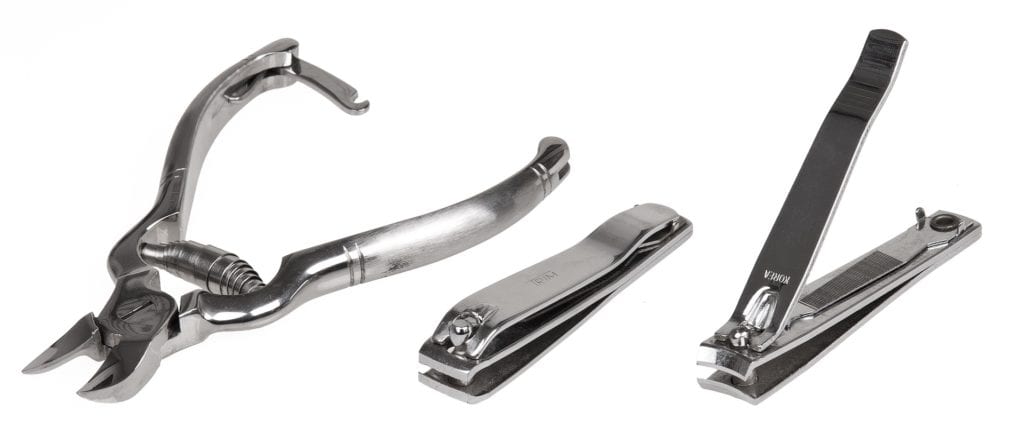
Do you have Questions about Diabetes and your Feet?
When you are newly diagnosed with Diabetes it can be so overwhelming. You may have heard about the need to look after your feet when you have diabetes or maybe you haven’t.
- Why is it important to look after my feet?
- Why do I need to see a podiatrist at least annually?
- What should I look for when I check my feet?
- Will any Podiatrist do?
All podiatrists are trained in the assessment of diabetic feet so you can be assured that seeing a podiatrist is the right thing to do. The more experience your podiatrist has with assessment and management of diabetic foot complications the better for you, so ask before making an appointment. You may hear the term High Risk Foot in relation to diabetes and feet. It is the role of the podiatrist to determine what level of risk you have in relation to foot complications.
Our Podiatrist Colin Power has over 30yrs of assessing and managing complex diabetic foot complications in the private and public sector. Colin has worked in remote locations as well as major metropolitan health services managing complicated High Risk feet. He will take the time to answer your questions and help you develop your daily foot check routine.
Why are my Feet so Important?
Your feet are at risk because diabetes can cause damage to the nerves in your feet, blood circulation and infection. Having diabetes can increase your risk of foot ulcers and amputations. This damage is more likely if:
- You have had diabetes for a long time
- Your blood glucose levels have been too high for an extended period
- You smoke – smoking causes a reduced blood flow to your feet, wounds heal slowly
- You are inactive.
Podiatrist Foot Check
There are two types of risk to feet, high risk and low risk. Knowing the risk and taking care of your feet can prevent serious problems like ulcers and amputation. Your podiatrist can carry out an easy and painless check on your feet to determine whether your feet have a low or high risk of developing more serious problems.
Low risk
Low risk feet have normal sensation and good blood flow. However it is important to know that low risk feet can become high risk feet without symptoms, so regular checks are still as important.
High risk
People who have had a foot ulcer or amputation in the past have a high risk of complications. Feet with calluses or deformities like claw toes also have increased risk if poor feeling and/or decreased blood flow are also present.
Your check-up will include looking at the following:
- Blood flow to the feet (circulation)
- Feeling and reflexes (nerves)
- Unusual foot shapes (including bunions, claw toes and hammer toes)
- Toenails
- Dryness, calluses, corns, cracks or infections.
At your annual foot review we will discuss with you the level of self-care that is appropriate and how often you need a review. With advice and education safe self-care is appropriate for many people with diabetes. If you are Low Risk then an annual review is sufficient, however if you have High Risk then a review time tailored to your needs will be discussed.
What to look for when doing your Daily Foot check
If you see any of the following- get medical treatment within 7 days. If you are unable to see your podiatrist within this time seek advice from you GP.
- Broken skin between toes
- Callus
- Corn
- Foot shape changes
- Cracked skin
- Nail colour changes
Do Not Self-treat corns or callus if you have diabetes.
Can I cut my own toenails?

If you have Low Risk it may be appropriate to cut your own toenails. Ask your podiatrist for advice.
